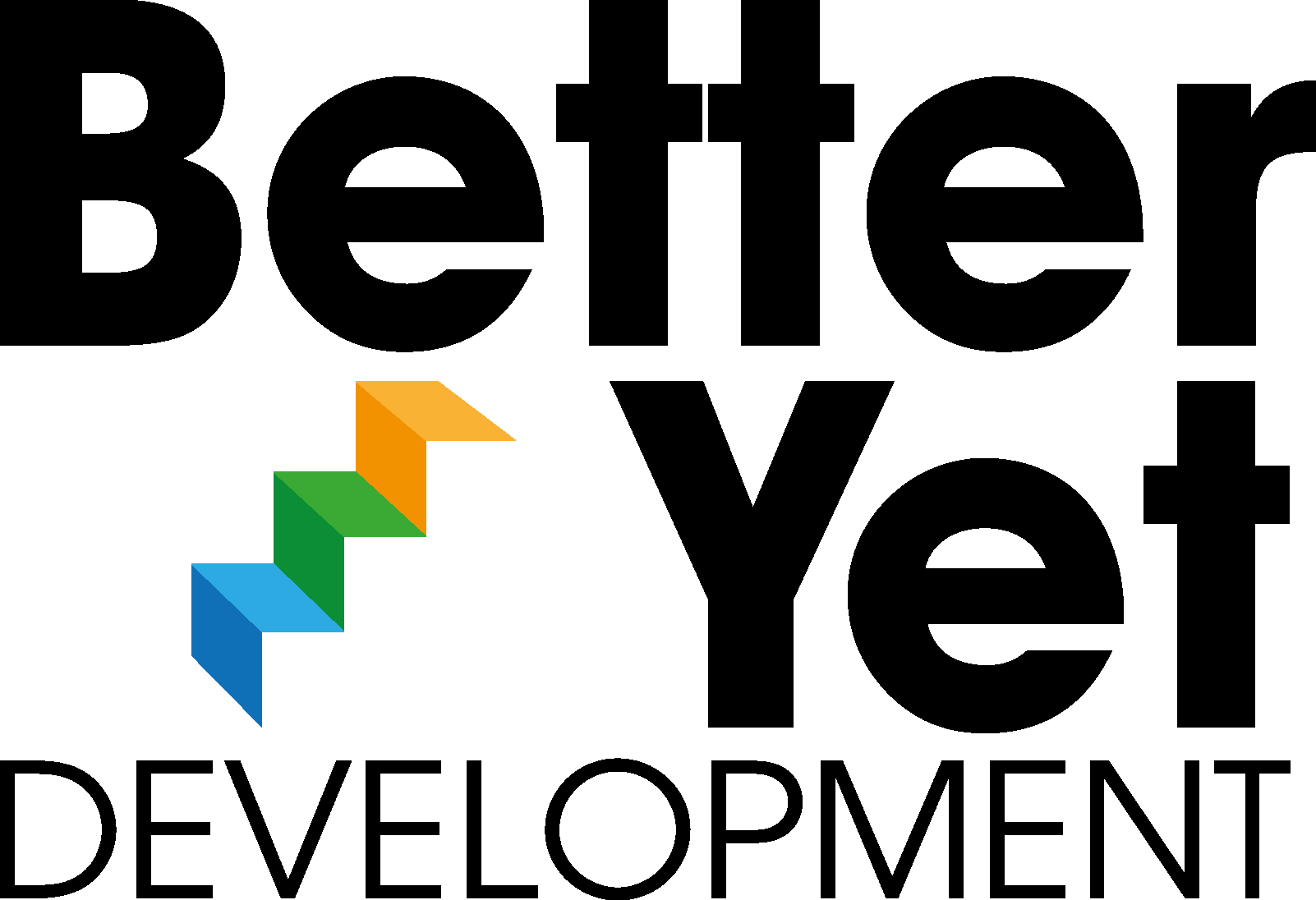It’s not news that the world of work is rapidly changing. Recently published research by Deloitte sheds further light on where and how digitalisation is driving a post industrial revolution. According to the research, the priority issue that organisations are grappling with at the moment is redesigning how they are structured. Today only 26% of companies are organised as traditional functional hierarchies, with 82% either reorganised or reorganising to be more agile and responsive to customer demands.
What this increasingly seems to look like, is organisations structured around a network of teams, formed to deliver very specific outcomes and mutually reliant on a number of other interconnected teams for their success. These team-oriented structures are popular with millennials (who now make up at least 50% of the workforce) and offer the promise of greater innovation and better service through focus and proximity to customer process.
OK, so the future is going to look increasingly teamy. That’s great, right? Well maybe, but if we’re going to make this fluid, team-oriented approach work, several challenges need to be recognised and responded to.
- Most teams currently don’t work nearly as well as they could or should. Research suggests that currently only 12% of teams view themselves as high performing. Little, if any training has focused on supporting team contribution. Most employees haven’t learned how to effectively be part of a team, let alone collaborate across teams. Leadership development may often contain team focused content, but historically, little of this makes its way back to the participants’ teams. So, the organisations most likely to prosper in the new world are those who recognise and systematically address this current deficit in “teaming” capability.
- Too many organisations today struggle with silos and destructive internal competition. Businesses need to quickly find a way to move beyond the traditional hoarding of information and resources, which means finally grasping the scary nettles of openness, trust and empowerment. For an organisation based on a network of teams to function, there needs to be total clarity of purpose across each team, team members need to know each other deeply (and everyone should have a pretty deep connection with at least one or two people on every other team) and finally, there should very conspicuously be no secrets. A hallmark of organisations who have made this structure succeed is that everything to do with strategy, progress and problem solving is conducted in the open.
- We need to change how we think about leadership. As Josh Bersin sets out in a recent Forbes article, leaders will be less able to rely on status and functional seniority to get things done. The killer app will be the ability to lead teams to successful delivery and the secret sauce will be the ability to collaborate across teams. Leadership is becoming more about engaging the team to produce visible results whilst remaining deeply connected across the organisation as a leader and team member.
- Team members and team leaders are going to have to get much better at managing conflict. I spend most of my time working with teams and one of the most common causes of under performance is ignored or poorly managed conflict. The best teams have taken the time to agree – and often written and shared – how they recognise and deal with conflict situations. Conflict happens in every team and is even more likely to happen as teams bump up against each other in new ways of working. Teams need to be prepared and skilled at airing and resolving conflicts in the open or risk failing in unproductive circles of sulking, blame and passive aggressive slow motion.
- Vertical career paths will become the exception. As networked teams become more prevalent, organisations will seize the opportunity to take layers out and career growth is likely to be less about angling for a permanent next role and more about seeking to join teams doing cool, interesting things and developing a portfolio of skills, experiences and accomplishments.
- On-boarding and exiting teams will need to be both improved and streamlined. A network of teams is unlikely to be stable – teams will form and fold, team membership will change, team members may be co-opted into other teams to support collaboration or enhance development. The highest performing teams are those where everyone knows and trusts each other, so there will be a real pressure to develop rapid, reliable, plug and play on-boarding approaches which materially help get new team members up to speed in the shortest possible time.
There’s six challenges organisations are going to have to resolve to be truly effective in the world of connected teams. I’m sure there are more.
What I’m seeing backs up the research. Teams are becoming more important. More of us are involved in more teams and progress increasingly depends on getting things done alongside other interconnected teams. Yet Team units continue to struggle. Leadership Development isn’t creating better teams (or better leaders in many cases…). Away Days and team building activities rarely have lasting effect. I’m convinced that development and performance improvement efforts need to shift from individual to team level. The organisations that recognise and address this first are going to have a significant competitive advantage.

